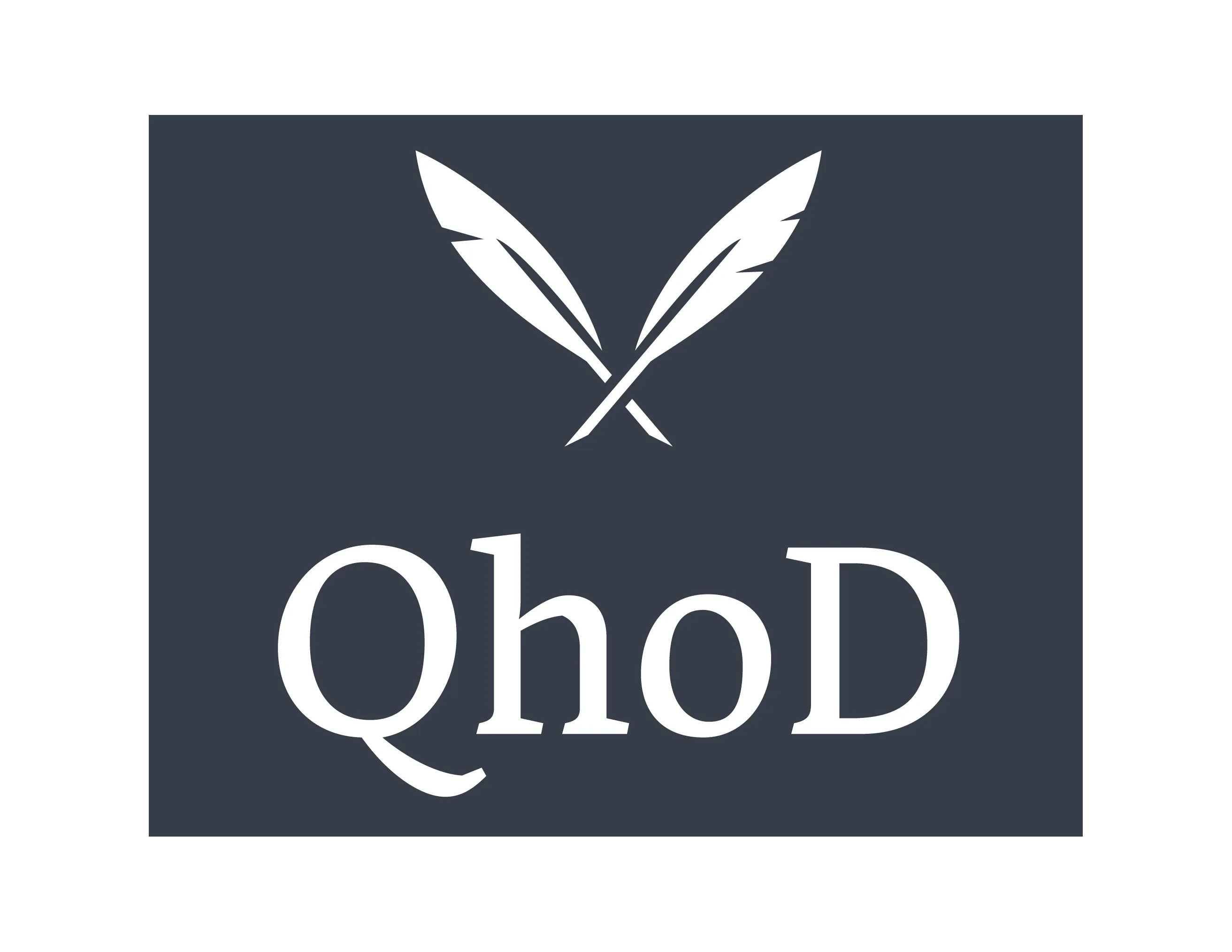
Digital Scholarly Edition of Habsburg-Ottoman Diplomatic Sources 1500–1918
- Hosting organisations
- IHB - Institut für die Erforschung der Habsburgermonarchie und des Balkanraumes
- Responsible persons
- Arno Strohmeyer
- Start
- End
QhoD is a digital infrastructure launched in 2020 at the Institute for Habsburg and Balkan Studies of the Austrian Academy of Sciences to edit sources on Habsburg-Ottoman diplomacy from the beginning of diplomatic relations between the two empires at the turn of the 15th and 16th centuries to their demise at the end of World War I. The sources will be digitally processed on a historical-critical basis and made available in open access (CC-BY license). All forms of diplomatic relations and a large variety of source types are included.
The most important sources of Habsburg origin are the correspondence of diplomats and their letters to relatives, friends and patrons. QhoD will include peace agreements, instructions, secret and final relations, minutes, invoices, pictures, maps, journalistic media (leaflets, pamphlets, periodicals) and diaries, as well as travel reports written in the diplomatic context. Also included are artifacts, such as gifts, that have survived in museums or collections. From the Ottoman side, the most important are seyahatnâme, a form of travel literature characteristic of the Islamic world, and sefâretnâme, a kind of extensive final report on a diplomatic mission and the country traveled. The Ottoman sources that QhoD edits also include minutes, register books and notebooks, and invoices.
These sources are of comprehensive importance for the study of the history of the Habsburg Monarchy and its successor states as well as the Ottoman Empire and the Balkans region due to their broad spectrum of content, in which the political sphere represents only a section. Furthermore, they have a socio-political relevance that goes beyond the academic discourse, as they allow insights into the historical dimensions of current problems, such as the relations between Europe and Asia, between Christianity and Islam, problems of peacekeeping, trans-culturality, knowledge transfer and empire building, as well as the integration of Turkey into European history.
The QhoD team works on two levels: First, it edits the sources of the academically particularly valuable Grand Embassies, temporary missions at the highest diplomatic level to which Habsburgs and Ottomans usually committed themselves reciprocally and in the context of peace negotiations. They emerged at the turn of the 16th and 17th centuries and played a key role in bilateral relations, especially in peacekeeping, until the second half of the 18th century. All kinds of sources of Habsburg and Ottoman origin are edited historically and critically, digitally processed and made available in open access, so that the missions are documented in a conceivably broad way. On the other hand, the QhoD team supports external researchers within the framework of sub-projects in the digital edition of sources on Habsburg-Ottoman diplomacy.
Currently, the following projects are being worked on:
- Project 1: The Grand Embassies of Damian Hugo von Virmont and Ibrahim Pasha (1719/20)
- Project 2: The Internuntiature of Johann Rudolf Schmid zum Schwarzenhorn (1649)
- Project 3: The Letters of Selim II to Maximilian II and Mustafa Paşa (1566–1574)
- Project 4: The mission of Johann Jakob Kurtz von Senftenau (1624/25)
Editorial principles of the project
-
All forms of diplomatic relations (temporary and permanent legations, informal contacts, peace negotiations, correspondence between rulers, etc.) will be edited according to the norms of historical-critical source editions.
-
Variety of sources: all types of sources are included.
-
Levels: The sources are indexed in different depths (from pure metadata indexing to historical-critical digital scholarly edition in a fully comprehensive sense).
-
1. level: metadata (who, when, whom, where, whereto)
-
2. level: metadata and images (if available)
-
3. level: metadata and images (if available), abstract / regest (engl.)
-
4. level: metadata and images (if available), abstract / regest (engl.), transcribed text
-
5. level: metadata and images (if available), abstract / regest (engl.), transcribed text with commentary (textual critique; persons, concepts, institutions, places), ottoman. sources translated into German and/or English
-
Criteria of the assignment to the levels: importance, expressiveness and accessibility and/or preservation condition of the source.
-
Pictorial and object sources are mapped and provided with a description and analysis and an image annotation (relation text-image).
-
-
Dynamic publication: Sources and metadata will be put online before they are fully processed to allow use as early as possible.
-
Open Science: A qualified open science concept is integrated into the project, allowing external researchers to publish sources. It rests on three pillars:
- Publication of sources from external research projects in the field of Habsburg-Ottoman diplomacy.
- Development of sources within the framework of courses at universities
- Academic qualification publications (bachelor’s and master’s theses, dissertations, post-doctoral theses)
Digital Workflow
In close cooperation with ZIM and its repository the documents are edited in TEI -valid XML.
The Multiple Prosopographische Registratur (developed at the Austrian Centre for Digital Humanities and Cultural Heritage of the Austrian Academy of Sciences ) serves as the central entity database for named entities (places, persons, institutions) referenced in the project data, from which entity data are exported as tei:standOff.
Technical interfaces to different representations of the TEI raw data, among others, can be accessed for each document.
Important cooperation partners